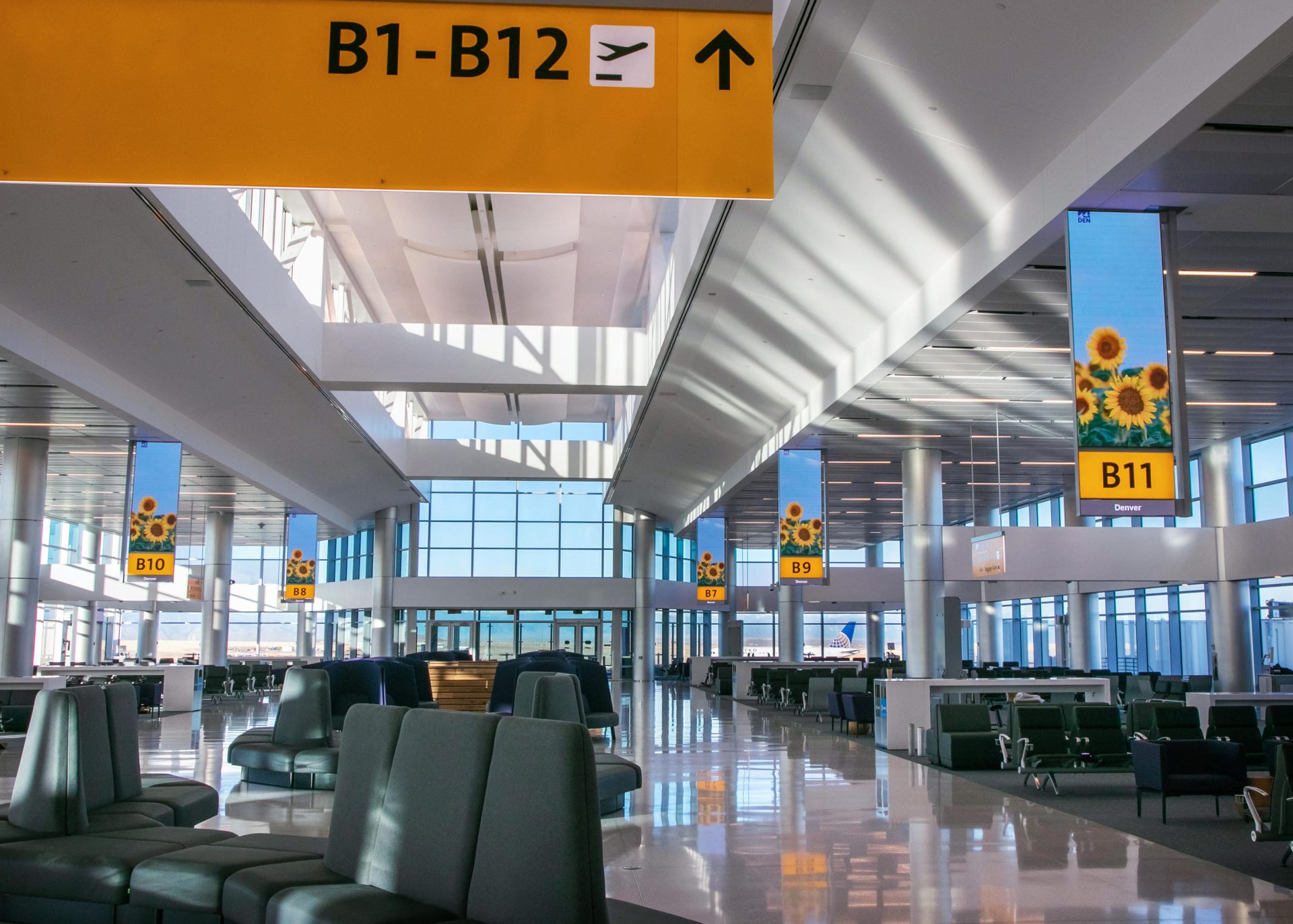By Jordan Green
Breaking the Nutrition Barrier: How Nutritionists Help Pilots Overcome One of Career Flying’s Major Challenges
Even for those that don’t fly for a living, maintaining a healthy nutritional balance can be difficult. Add in the hectic schedule, often unusual hours and general pressures of flying, and the challenge becomes exponentially greater. One dietitian is stepping up to help pilots successfully handle the challenge of balancing professional flying and eating healthy. Her name is Jill Mongene and she is an aviation human performance dietitian.

Dr. Jill Mongene (Photo: Jill Mongene)
Being married to a major U.S. airline captain gave Jill unique insight into the challenges faced by pilots in maintaining proper nutrition. In 2015, her husband was diagnosed with celiac disease and two pelvic stress fractures. She realized becoming a registered dietitian was vital to her husband’s life and career. Inspired by the years of work she did to help her husband achieve a healthy nutritional balance, she started her business, True Course Nutrition in April 2020 in the midst of the COVID-19 pandemic.
Mongene’s willingness to start her business during the pandemic is a win for pilots struggling with some of the simple challenges that revolve around maintaining a healthy lifestyle while flying. One of the many impacts the COVID-19 pandemic has had on pilots is bringing the nutritional challenges associated with flying to light. After months of being furloughed due to the COVID-19 pandemic, some pilots are starting to realize just how challenging it is to maintain a healthy nutritional balance on the road.
“We eat very clean at home,” one major U.S. airline captain said. “Having been off eight months and now back on the road, I’m amazed with how bad I eat on the road.”
There are many different types of professional flying and nutritional challenges are not unique to flying for the major airlines. Each of the different types of flying has its own unique set of challenges related to nutrition. For example, according to Mongene regional airline pilots often have issues with missing meals. This is due to the fast turns, multiple legs and intense timing constraints these pilots face on a daily basis.
Longer haul flying often sees challenges that are more associated with body-related issues as opposed to mission-related constraints like those regional pilots faced. Challenges associated with long-haul travel often are related to the crossing of time zones and the long hours spent on the airplane. So while missing meals might be the major challenge faced by a regional airline pilot, meal timing could be the major issue faced by a long haul pilot.
However, Mongene says there is one issue common to all of the different types of flying missions. That issue is dehydration and electrolyte balance. One hour of flying leads to a loss of 16 ounces of water. That’s two out of the eight recommended glasses of water the average person needs in a day lost in just one hour of flying.
Being familiar with the different types of professional flying missions allows Mongene to create customized plans for her clients. She can even evaluate a pilot’s schedule and make recommendations on items to pack for the trip that will help maintain a healthy nutritional balance while on the road. Below is a sample plan for one day, which breaks down each meal, the timing and the specific food.

A sample meal plan (Photo: Jill Mongene)
Aside from a custom-tailored nutrition plan, pilots have some steps they can take right away that could help improve their nutritional balance and help them feel better. Mongene says that one easy step is to add more fruits and vegetables into their diet. She also recommends adding fiber and taking a blood pressure reading daily. But above everything else, the most important step a pilot can take is to invest in their health and take it seriously.
In addition to working directly with pilots to develop customized nutrition plans, she also regularly provides tips on her website to help pilots and flight attendants stay healthy during their travels, and on Instagram @pilot.nutritionist.
[ad_2]
Source link



